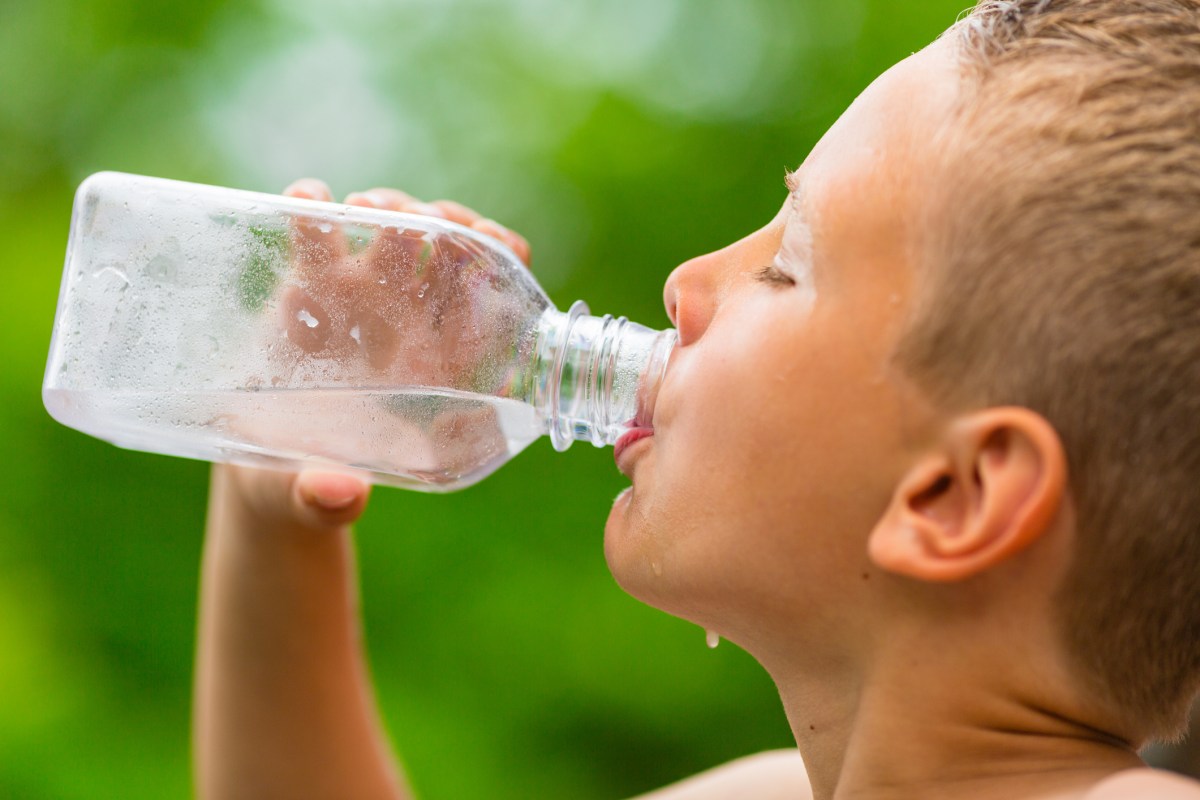
Children live an active busy lifestyle, which often puts them at risk of dehydration.
As a parent, it’s critical you teach your child proper hydration techniques, as well as ensure they are getting enough fluids each day. Without proper hydration, you are putting your child at risk for a variety of health issues, and dehydration can even be life-threatening.
But don’t panic just yet. If you are in search for ways to get your child to drink more water, check out these 4 tips below:
- Personalize It: Make drinking water fun again, by allowing your child to pick out their own personal water bottle!
Instead of insisting they drink from a boring kitchen glass, you can allow them the autonomy to pick out their own drinking container.
This way, you are giving your child a little bit of power, and getting them to drink more water.
And most children enjoy having fun features such as built in straws, or brightly colored bottles.
- Bring On The Flavor: Some children simply do not like the taste of water.
In a society driven by sugar and flavor, water may be too “boring” for them.
Parents reported:
“Sports drinks might be your best bet for getting adequate amounts of liquids into your child during activities. Studies have shown that children routinely prefer flavored beverages to plain water and will drink up to 90 percent more when it is offered to them. Sports drinks also replace electrolytes lost from the body through sweating. Such beverages should be limited to use during athletic competitions or active play on a hot day, as they are generally high in carbohydrates and calories.”
It’s important to note sports drinks are also high in sodium.
Instead of jumping straight to the sports drinks, you can start off by throwing in some sugar-free flavor packets with water, to get your child in the habit of drinking liquids.
You can slowly wean them off, by putting in less and less flavor.
After all, drinking water with a hint of flavor is better than not drinking water at all.
- Throw In Sweet Surprises: Try throwing in fresh fruit or frozen berries for a healthy sweet treat!
You can freeze berries ahead of time, and throw them in your child’s water as a way to add new flavor.
Or, you can even try garnishing their water with fresh lemon or cucumber slices.
The possibilities are endless!
- Sneak It In: With fun water bottles, and flavored drinks, some children still simply refuse to drink liquids.
However, there are still other ways you can get liquids into your child.
Parents listed a few suggestions:
“Kids can get caught up in their activities and are easily distracted by games, so chances are they won’t jump at the chance for a rest period. If you have a hard time convincing your child to take a break from play to drink a beverage, offer a Popsicle. These frozen treats have high water content (a two-stick Popsicle has just about the right amount for a young child’s needs), and their juicy flavors make them more appealing to kids.”
In addition to fun treats like cool popsicles, Parents pointed out the importance of providing healthy food options to your child that are naturally full of water.
Parents continued:
“Always include high-water-content foods in your daily meal planning to help your family stay well-hydrated at all times so strenuous activities don’t find them in a deficit. In addition to water, fruit, fruit juice, and many vegetables are excellent sources of hydration. Clear soup, especially when made with vegetables, offers an ideal way to get liquid into the diet along with good nutrition.”
Getting your child to drink water may be tricky, but it is possible.
Regardless of your method, make sure you take hydration seriously and teach your child healthy habits while they are young.
What are some ways you keep your children hydrated?
Do you have a favorite way you make water fun?
Tell us your thoughts in the comments section below.
